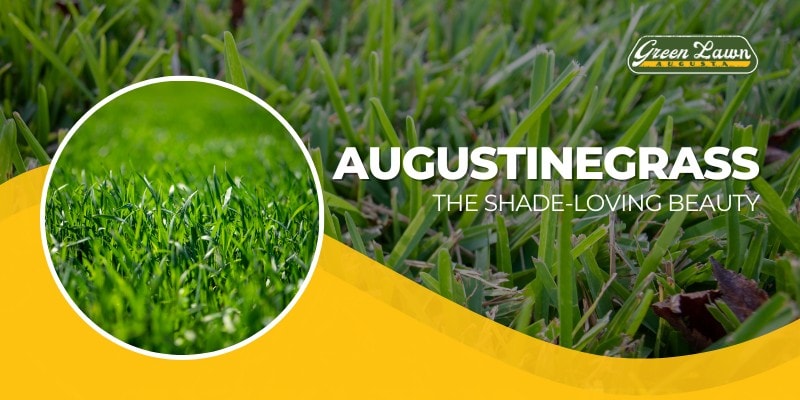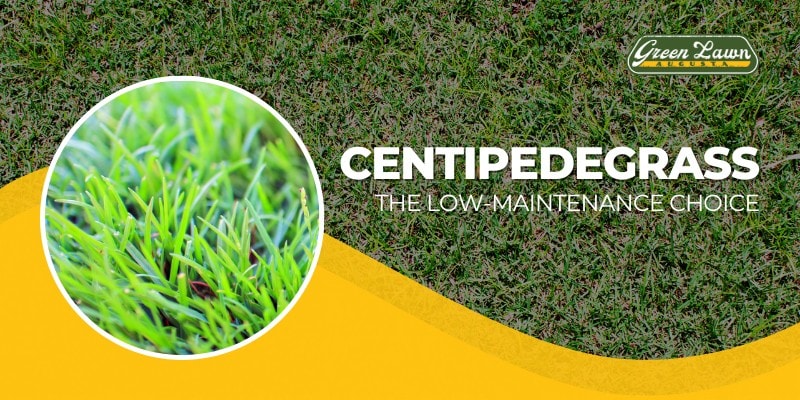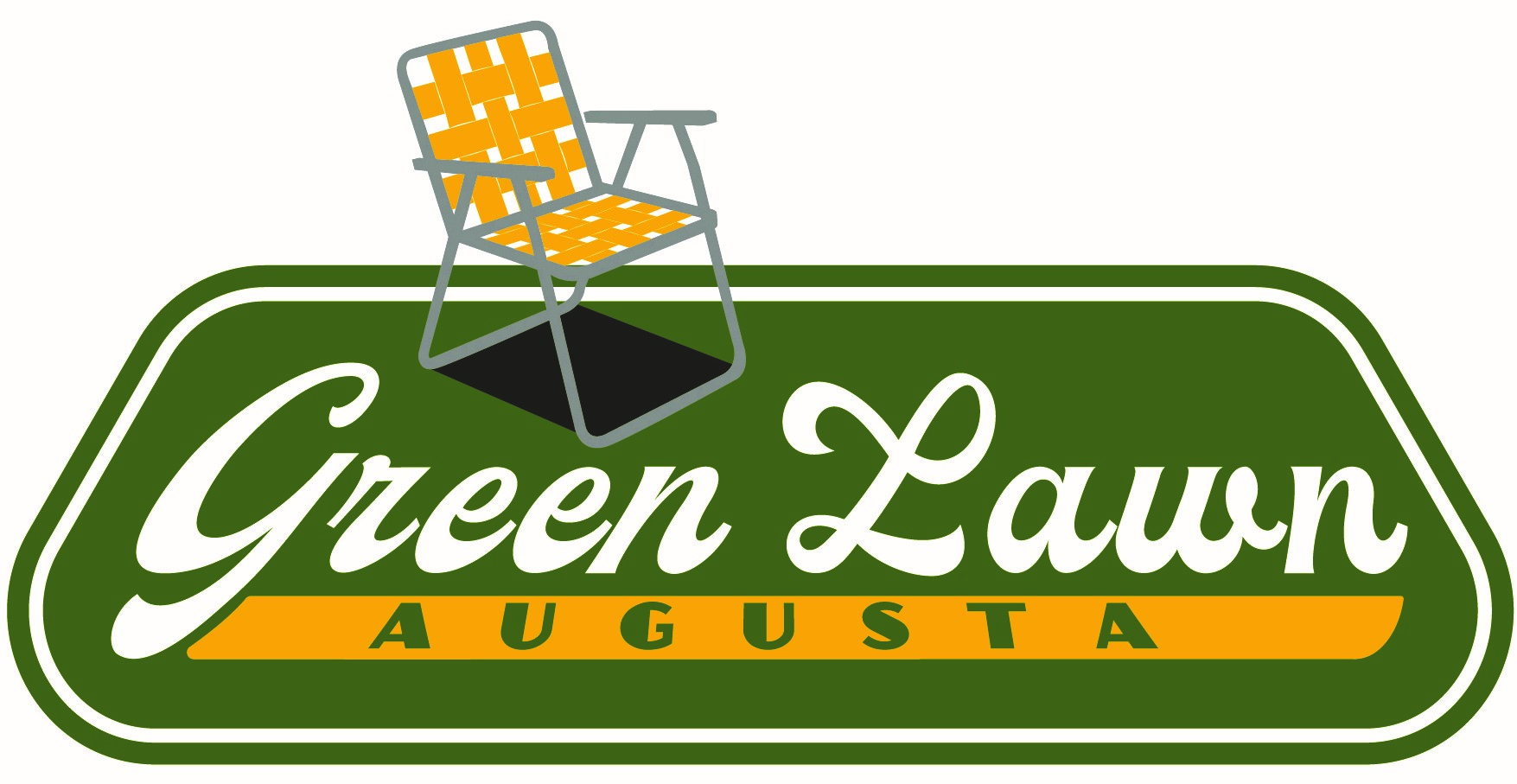Best Grass Types for Augusta Lawns

Bermuda grass is the best grass type for Augusta, GA.
Top Grass Types for Augusta Lawns
(And Which One You Actually Need)
Most homeowners treat grass like an afterthought. Then they wonder why their lawn’s a patchy, weed-infested nightmare.
Here’s the truth: you can’t out-mow a bad grass choice.
Augusta’s climate isn’t forgiving. It’s hot, humid, acidic, and swings hard between drought and rain.
Choosing the right grass type isn’t just about preference—it’s about saving time, money, and your sanity.
Let’s break it down.
Zoysia Grass

For that thick, country-club look—without the maintenance.
-
✅ Thick, weed-resistant, soft feel
-
✅ Tolerates some shade
-
❌ Slow to recover if damaged
-
Mow at: 2–3 inches
-
Maintenance: Low to Moderate
Zoysia spreads slowly but is one of the most drought-tolerant and weed-resistant options out there. Once established, it’s tough as nails.
Bermuda Grass

-
✅ Tough, heat-tolerant, fast-growing
-
✅ Great for high-traffic areas
-
❌ Turns brown in winter
-
Mow at: 1–2 inches
-
Maintenance: Moderate
Bermuda is super common here because it grows fast and looks great. But it needs regular mowing, fertilizing, and weed control.
➡️ Learn Augusta lawn mowing techniques.
St. Augustine Grass

Got shade? This is your go-to.
-
✅ Handles low light like a champ
-
✅ Fills in quickly
-
❌ Not very cold-hardy
-
❌ Needs irrigation
-
Mow at: 2.5–3 inches
-
Maintenance: Medium to High
St. Augustine is thick, lush, and spreads fast. Great for tree-covered yards—but it needs consistent watering and fertilization.
Centipede Grass

Set it and forget it—Centipede is the king of low maintenance.
-
✅ Minimal mowing & fertilizing
-
✅ Thrives in acidic soil (like Augusta)
-
❌ Doesn’t love foot traffic
-
Mow at: 1.5–2 inches
-
Maintenance: Low
Centipede thrives in acidic soils (like Augusta has). It doesn’t need much fertilization and grows slowly, which means less mowing.
Rye Grass

Cool-season option with strong roots.
-
✅ Shade-tolerant
-
✅ Rich green color year-round
-
❌ Needs frequent watering in summer
-
Mow at: 3–4 inches
-
Maintenance: Moderate to High
Ryegrass is one of Augusta’s go-to cool-season grasses—perfect for fast color when other lawns fade out.
Tall Fescue
-
Sunlight Needs: Moderate to full sun
-
Mowing Height: 3–4 inches
-
Maintenance: Moderate
-
Best For: Transitional zones, winter color
Fescue does best in Augusta during cooler months. It’s often used for overseeding to keep lawns green all year.
-
Augusta Grass Selection Cheat Code
You don’t need a PhD in turfgrass. Just follow this:
-
☀️ Full sun & traffic? → Bermuda or Zoysia
-
💤 Low maintenance? → Centipede
-
🌳 Shady & moist? → St. Augustine
-
🧱 Patchy lawn? → Overseed with Ryegrass in fall
“You’re not choosing a grass. You’re choosing how much you’re going to stress every week when it doesn’t grow right.”
➡️ Bonus: See how grass type affects the lawn care cost for Augusta.
Real Talk: What Most Homeowners Get Wrong
Let’s call it like it is—builders slap down whatever’s cheapest. That doesn’t mean it works for your yard.
Then homeowners dump money on fertilizers and weed killers to fix what’s actually a grass problem.
If your grass isn’t right for your yard’s sun, soil, and water—it will always fight you.
Soil, Sun, and Strategy
Before you pick your grass, check these boxes:
-
Get a soil test (pH matters!)
-
Know how much sunlight your lawn gets
-
Decide how much work you’re willing to do
Still unsure? We help homeowners choose the right turf based on their goals, lifestyle, and property layout.
FAQs – Best Grass Types for Augusta
What’s the lowest-maintenance grass for Augusta?
👉 Centipede. Grows slow. Needs little attention.
What’s the best for shady yards?
👉 St. Augustine. It’s built for low light.
Can I mix grass types?
👉 Yes—but only if their needs match. Don’t mix drought-lovers with water-hogs.
What’s best to overseed in fall?
👉 Ryegrass—it greens up fast and helps your lawn stay lush over winter.
Ready to Upgrade Your Grass? Let’s Do This.
Green Lawn Augusta will help you pick, install, and maintain the right grass—based on your soil, your sun exposure, and your budget.
✅ Custom recommendations
✅ Soil testing
✅ Sod or seed installs
✅ Guaranteed local results
👉 Schedule your Augusta lawn care with us today!

